Amphibious warships Kearsarge and Arlington are literally pursuing Hurricane Florence to shore, and will begin the now so-familiar rooftop rescues along the Carolinas and wider area as soon as the storm subsides, the top general for homeland defense s
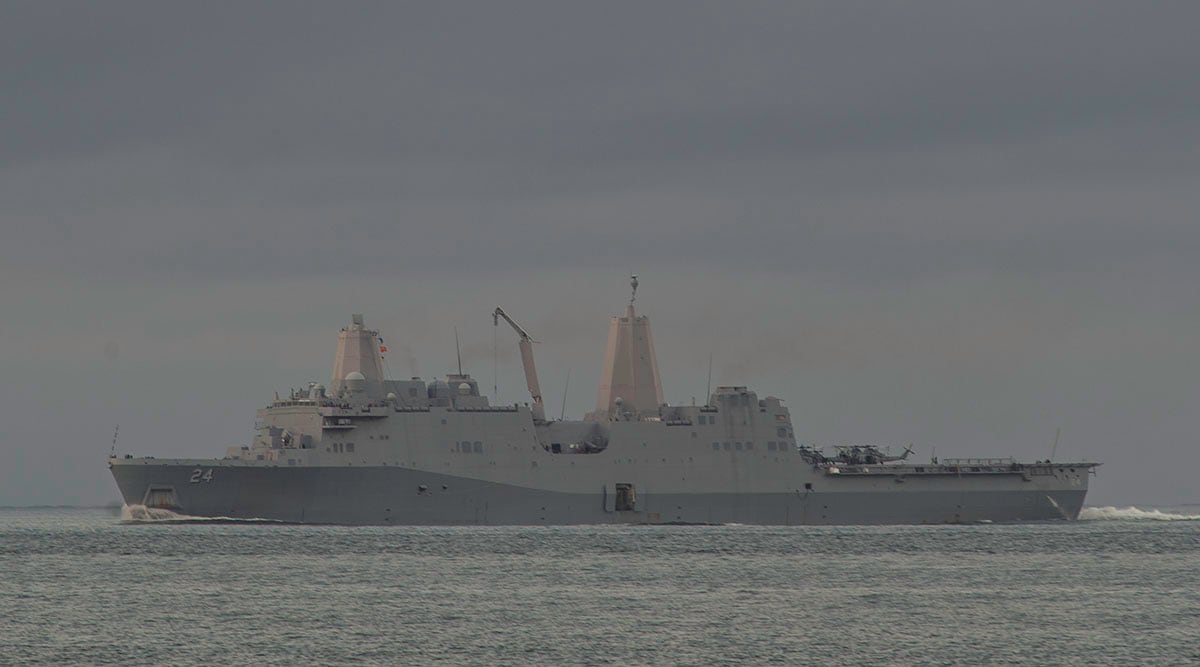
aid Thursday.
The ships are part of the 7,000 combined National Guard and active duty personnel who have formed a pre-positioned net around the country’s eastern coast, ready to perform rescues with high-water military trucks and helicopters.
Air Force Gen. Terrence O’Shaughnessy, commander of North American Aerospace Defense Command and U.S. Northern Command, said that “we have quite literally surrounded the expected affected area with the DoD capability that will be critical in hours and days following the storms impact."
RELATED

To speed response to the storm, Defense Secretary Jim Mattis took the step of activating dual-status commanders in South Carolina, North Carolina and Virginia to be able command active duty and Guard forces, and “pre-authorized [movement of troops] so there would be no delay in responding to requests when we receive [them],” said assistant secretary of defense for homeland defense Kenneth Rapuano. The same pre-authorizations were approved for hurricanes Harvey and Maria, Pentagon spokesman Army Lt. Col. Jamie Davis.
Several thousand additional forces are on “prepare to deploy” orders in case the first 7,000 need to be augmented, O’Shaughnessy said.
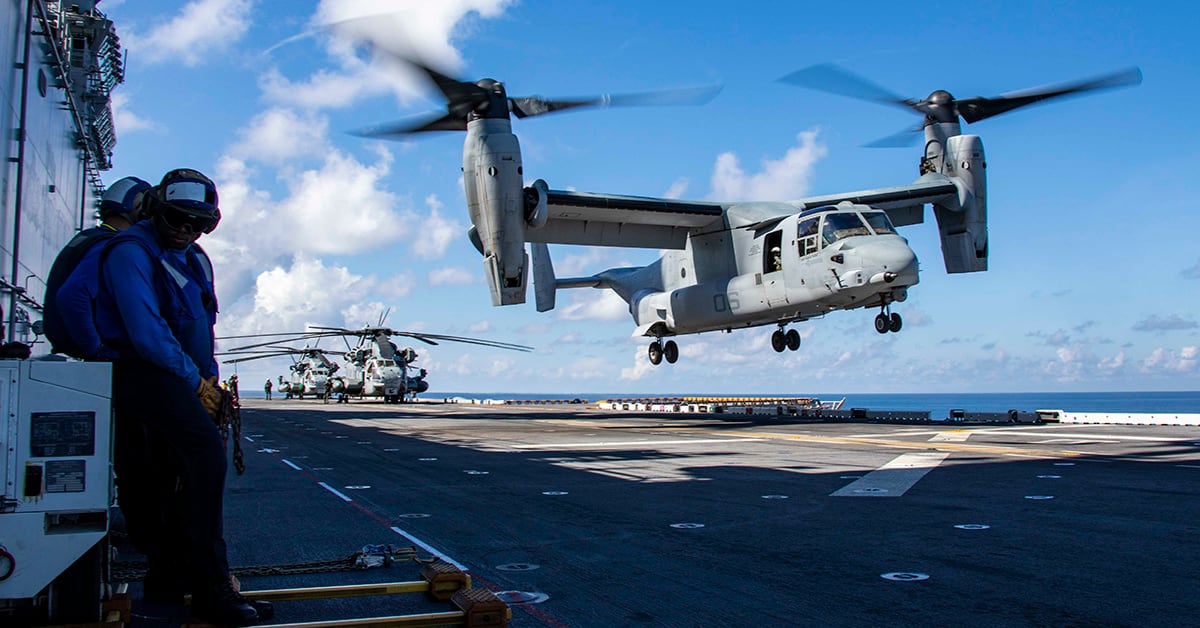
The Kearsarge and Arlington “literally chase Florence in,” O’Shaughnessy said, and will begin search-and-rescue operations with 16 helicopters and six MV-22 Ospreys. Those operations won’t begin, however, until the majority of the storm subsides to create flyable conditions, so people who elected to stay behind in their homes could be waiting hours or possibly even days, depending on how long Florence’s winds linger.
“Because of the slow-moving nature of the storm it could very well stay with high winds, inclement weather for a long period of time, which could mean that any rescue effort is going to take time," O’Shaughnessy said.
RELATED
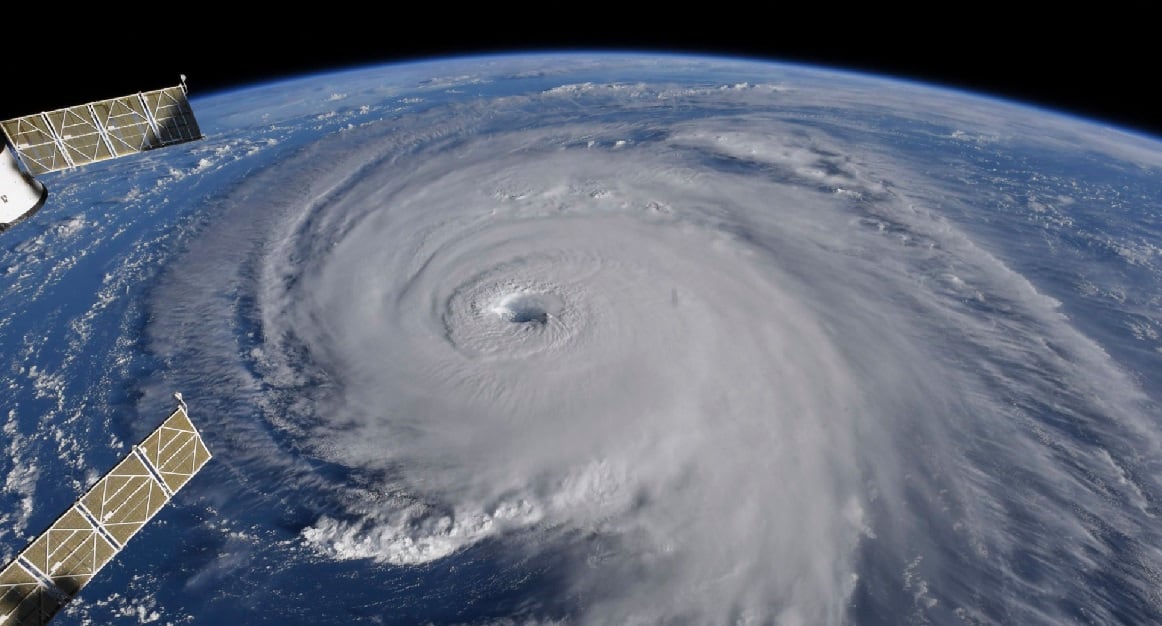
There are a slew of land-based rescue assets staged at area bases as well, including:
- Satellites from the National Geospatial Intelligence Agency will be used to provide post-storm assessments;
- Fort A.P. Hill, Virginia; Joint Base Bragg, North Carolina; North Artillery Field, South Carolina; and Maxwell Air Force Base in Alabama will be used as staging areas;
- Fort Stewart, Georgia, and Fort Campbell, Kentucky, have companies of light medium tactical vehicles staged, with a total of 240 high-water vehicles ready to begin rescues. Fort Bragg has an additional 40 high-water vehicles it will provide.
- Hunter Army Airfield, Georgia, has 35 helicopters ready for search-and-rescue operations, as does Fort Bliss, Texas; Fort Bragg has seven helicopters;
- Moody Air Force Base, Georgia, an Air Force search-and-rescue package with six HH-60s; two HC-130s and four pararescue teams ready to assist; and there are back up teams at Moody from Patrick Air Force Base in case additional asset are needed;
- Tyndall Air Force Base will provide airborne command and control through JSTARS E-8 surveillance planes.
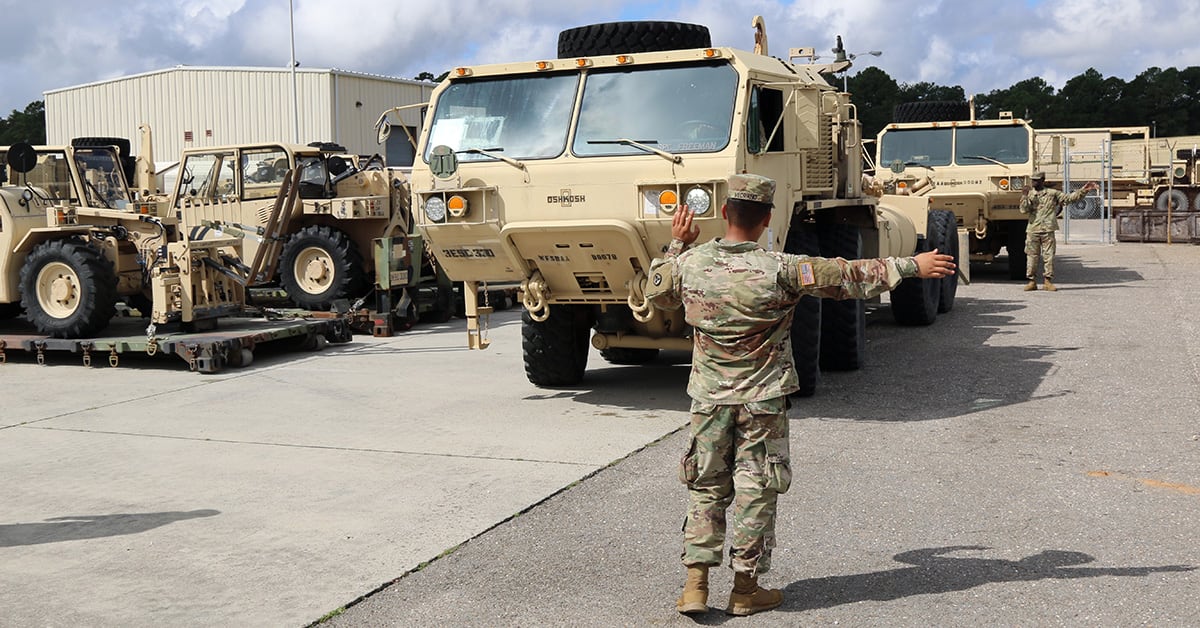
At the local level, the Coast Guard reiterated that forces will have to wait until the storm subsides to begin rescues.
“We will be prioritizing operations immediately following the storm," said Coast Guard Capt. Bion Stewart, commander commander of Coast Guard Sector North Carolina.
That means rescuing people trapped by rising floodwaters, inspecting and clearing ports so that relief supplies can rush in and remediating environmental problems such as chemical spills in the wake of the hurricane.
Citing strong storm surges and deadly rip currents, Stewart cautioned mariners to stay off the water until long after the hurricane moves inland.
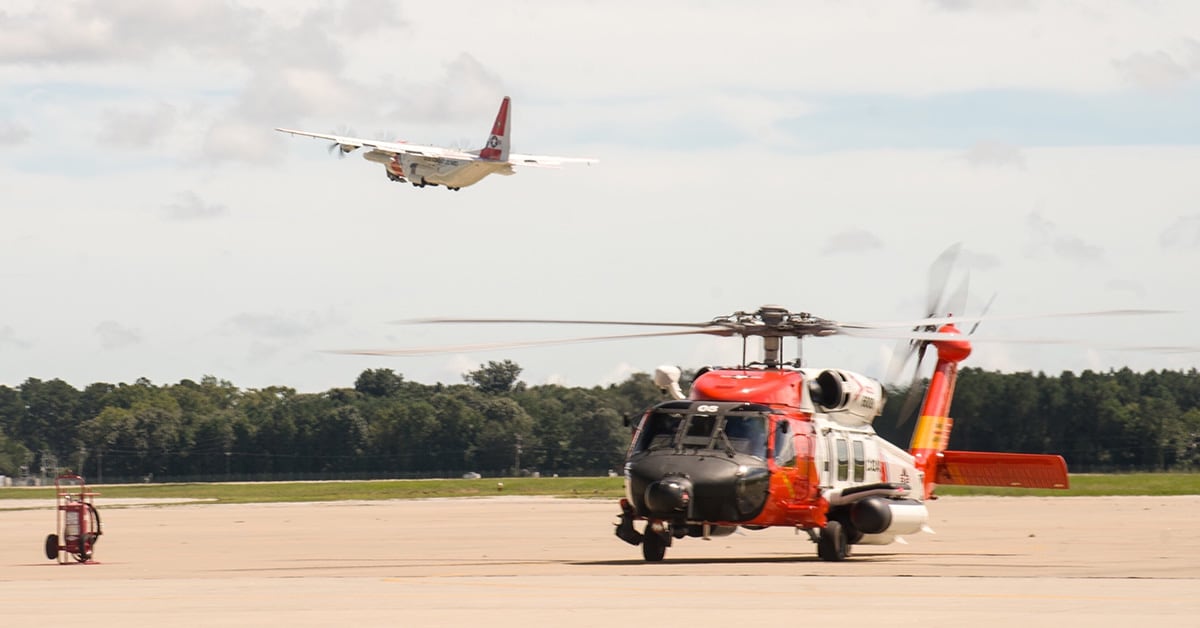
Throughout Thursday, Coast Guard crews continued to stage shallow water urban search and rescue boats, helicopters and other key pieces of equipment near the ports of Augusta and Savannah in Georgia and Charleston, South Carolina, areas deemed just out of reach of the hurricane.
After pilots flew their HC-130 planes out of Station Elizabeth Station in North Carolina to avoid potential destruction, Coast Guard crews packed their hangars with boats to wait out the storm and resume rescue operations as soon as the winds and flooding receded.
Carl Prine contributed to this report.
Tara Copp is a Pentagon correspondent for the Associated Press. She was previously Pentagon bureau chief for Sightline Media Group.




